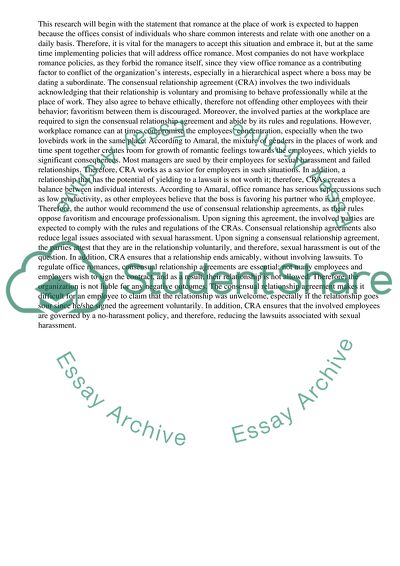Cite this document
(“Consensual Relationship Agreements Research Paper”, n.d.)
Retrieved from https://studentshare.org/management/1440945-consensual-relationship-agreements-case-study
Retrieved from https://studentshare.org/management/1440945-consensual-relationship-agreements-case-study
(Consensual Relationship Agreements Research Paper)
https://studentshare.org/management/1440945-consensual-relationship-agreements-case-study.
https://studentshare.org/management/1440945-consensual-relationship-agreements-case-study.
“Consensual Relationship Agreements Research Paper”, n.d. https://studentshare.org/management/1440945-consensual-relationship-agreements-case-study.


